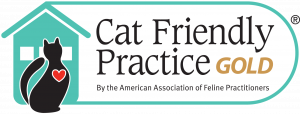Library
-
Do you have medications stored in the bathroom cabinet, kitchen drawer, and pantry shelf? Are random bottles haphazardly tossed into the “pharmacy”? Medications are meant to help us and our pets, but they can do more harm than good if stored or administered incorrectly. You can protect your family and pets by safely handling and disposing of medications.
-
Sago Palms are pretty plants but beware—they pack a deadly punch for pets. The popular Sago Palm enhances outdoor landscapes in warmer areas of the U.S. and serves as indoor decor in many colder climates. All parts of the Sago Palm are poisonous, but the seeds (nuts) are the most toxic to pets. As with all poisoning cases, early detection and treatment increases the rate of success.
-
Salicylic acid topical (brand name Solva-Ker®, BioSeb®, Cerasoothe® SA, others) is an antimicrobial and antipruritic (anti-itching) agent used in the treatment of seborrheic (dry or greasy dandruff) disorders in cats, dogs, and other animals. It may be specially compounded and/or combined into a formulation with other medications. It comes in cream, gel, ointment, and shampoo forms.
-
Salivary gland tumors are rare in dogs and cats. The mandibular and parotid glands are most commonly affected. Signs include swelling of the upper neck or ear base, halitosis, anorexia, weight loss, difficulty eating, pain, and lethargy. The treatment of choice is usually surgical excision. If complete excision is not possible, adjunct radiation therapy may be pursued.
-
A salivary mucocele is an accumulation of saliva that has leaked from an injured salivary gland or duct. Some mucoceles cause swelling of the face and neck, while others interfere with a dog’s ability to swallow or breathe normally. Treatment typically requires surgical removal of the affected salivary gland(s).
-
Salmon poisoning is caused by a type of bacteria found within parasitic flatworms that infect the tissues of wild fish found in coastal streams of the Pacific Northwest.
-
Sarcoptic mange, also known as scabies, is caused by a parasitic mite that burrows just beneath the surface of the skin. The presence of the sarcoptic mite causes intense itching; an affected dog will constantly chew and scratch his skin. Sarcoptic mange is highly contagious to other dogs and humans.
-
Sarolaner is given by mouth and is used to treat flea and tick infestations and has also been used off-label to treat certain types of mange and mites. Give as directed. Side effects are uncommon but may include stomach upset or neurologic symptoms. Do not use in pets with a history of seizures. If a negative reaction occurs, please call the veterinary office.
-
A cat’s claws are an integral part of their anatomy. Scratching behaviors are normal and serve many purposes, yet cats can cause damage and injury with their claws. By gaining an understanding of the reason that your cat uses her claws, you can provide her with alternative outlets and prevent her from causing damage to your property.
-
The heroic dogs involved in search and rescue missions optimize their natural abilities to help distressed people.



